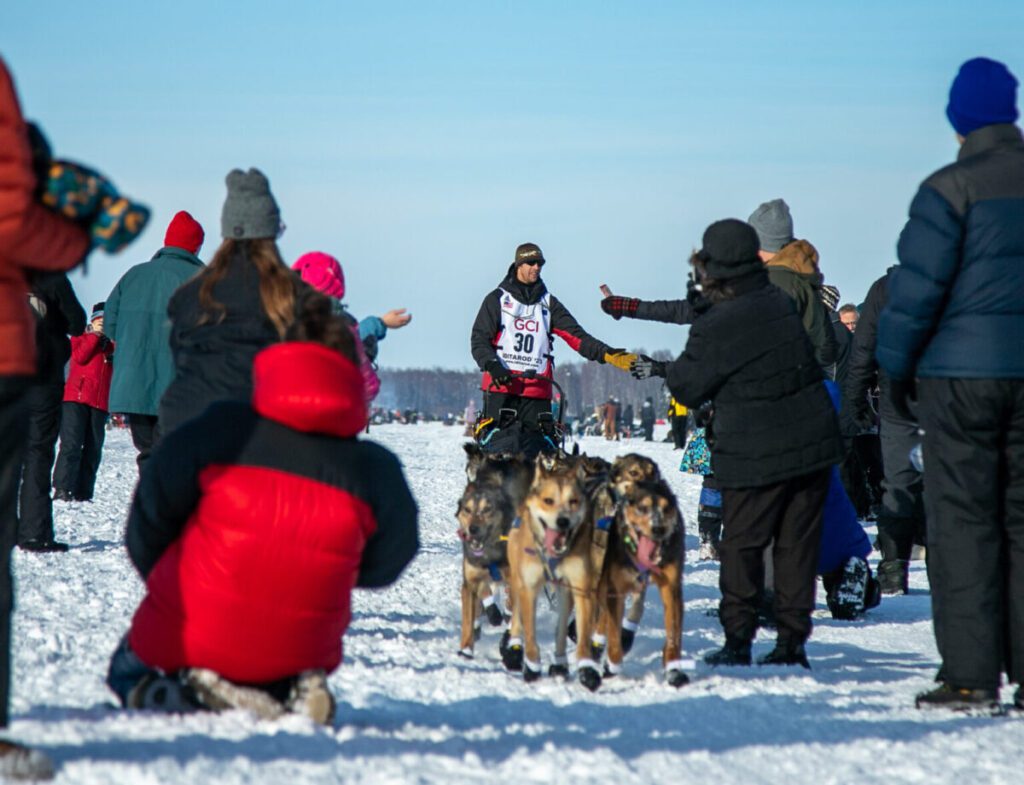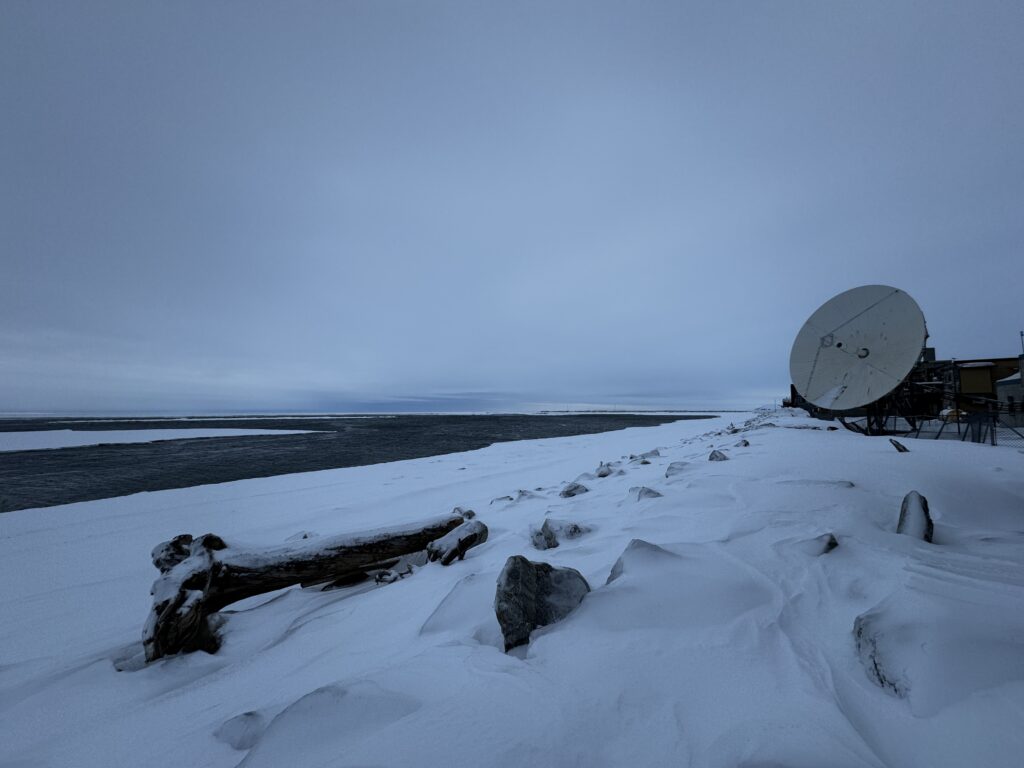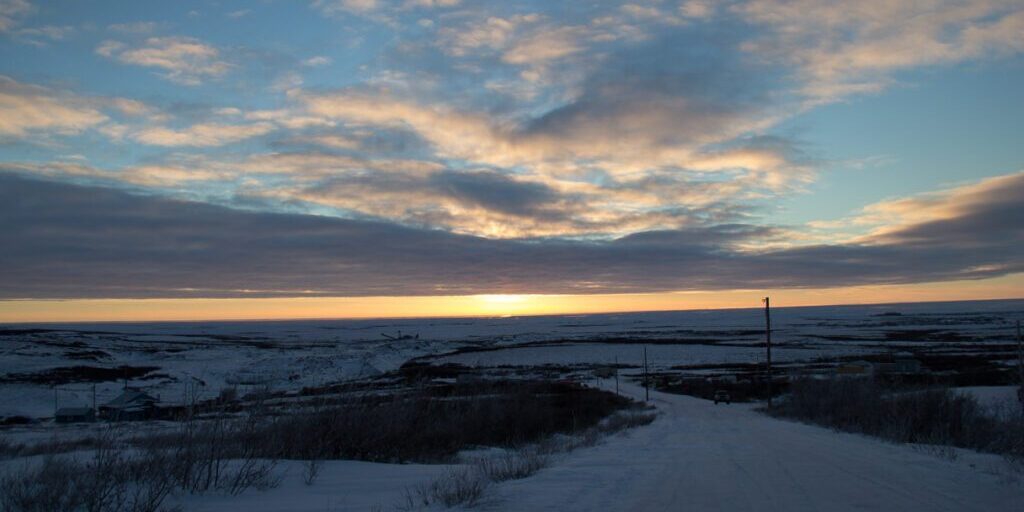DISCLAIMER: I am not a professional. I by no means actually know what I am talking about. BUT… here are some of my photos and how I feel about photograph-y things as of late.
Alaska is a photographer’s dream. Now (as stated in the disclaimer) I cannot speak from a professional standpoint, but within the past year I have become increasingly interested in the subject.
It all started roughly a year and a half ago, when a dear friend encouraged me to take a photography class with her. As an English major who already fulfilled her arts credit, there just never seemed reason for me to take arts courses. I loved my arts classes in high school, and missed indulging in that area of learning. After syllabus week and meeting Tom Wolf, professore de fotographia extraodinaire, (and with the incentive we were to travel to Italy) I was won over almost instantly.
For the class we were allowed to borrow cameras from the media center for the semester. I was lent a Canon rebel t3i, which was just a foreign thing to me at the time. I remember first taking it out and attempting to use it in class. So many buttons and knobs and turn-y things!! How am I ever going to know what they all do?!
While I would practice both in and out of class, I didn’t really get the hang of it until we were taking pictures from the moment we woke until the moment our heads hit the pillow on our trip. We took our cameras anywhere and everywhere; hiking, sailing, strolling through town, meals; and it was in that time, when the camera became like another hand, where I really learned how to use it. Decently. Decently. And I’m still learning.
It’s been said ‘a picture is worth a thousand words,’ and yet it can take a thousand photos for that type of picture to be produced. As our final project for the class, we were to produce a book with the photos we took on our trip. Before departure, our professor told us to expect to take roughly 2,000 photos, but we’d have to weed that down to 30 or so for the book. 30? 30! Out of two-thousand??! That seemed absolutely insane. Even though we were going for a week, that many photos sounded like an astronomical amount. And yet, he was right.
I arrived on U.S. soil with roughly 2,000 photos, yet I put only 50 or so in my book. I find a similar feeling holds true as I stroll through the streets of Nome. I’ll go out for an afternoon or evening, wandering around capturing whatever takes my fancy. It is quite easy to snap 100 or more photos, and yet I’ll be lucky if I like 5 to 10 of those.
It is so rewarding to come back, look through a day’s work, and discover whatever good shots I managed to get. It may seem like a really low success rate… and I suppose it is… which is why it is so exciting to capture a great shot. What I have realized, however, is how difficult it can be to get them. It it easy when it’s warm, the sun is shining, and all external settings are ideal. What are more difficult to achieve are the cool, crisp, snow-laden shots. Since I need either thin gloves or exposed hands to manually adjust my camera settings, this is an immense challenge in below-freezing temperatures (granted, we’ve seen quite a warm winter so far, but that’s not the point). My method of gloveswiththefingerscutoff works pretty well, but after about five minutes the painful cold forces my hands to retreat back into my pockets to rewarm, until the next moment I’m tempted to shoot.
My parents rewarded me with a camera for my graduation gift, which I received a couple months before my trip to Nome. A Canon 60D… pretty much the same as the one I learned on, just with a few more buttons and knobby things. It has become a sort of outlet, an excuse to get up and go out into the world.
Though the days were shortest in December, I discovered this was optimal time for shooting. As long as the sun decided to shine, it was like having four-ish full hours of sunset-lighting conditions: a photographer’s dream. It was too perfect, and too beautiful; it made me forget how short our days can be.
And then dreaded January hit. “January gets real weird,” is what we kept hearing. It wasn’t until about halfway through the month that I really started to feel it. Just this horrible, achy, empty feeling, like there was no purpose to absolutely anything I did. Was it the dark? Was it the cold? Buffalo gets pretty cold and dark, and what with this ‘Polar Vortex’ we’re having, my winter in Nome seemed temperate to what was going on on the east coast. I wasn’t doing anything differently- producing and dee-jaying, eating well and working out, going to community events- I just really didn’t feel right. It was like all my sunshine and rainbows were sucked away: SAD had gotten me.
Glancing at me one day looking pitiful and sluggish, Zach forcefully and kindly instructed me, “Take off that dirty sweatshirt, get your camera, and go out and take some pictures.” It seems silly how I had been feeling then, but now I realize SAD was affecting me even though I had taken all the precautions against it. Seasonal Affective Disorder is an unforgiving thing.

There’s something calming and rewarding in having an experience, capturing the experience, and reviewing your experience later on. That simple act of just going out and shooting really set me into motion of feeling better. So thank you camera, and housemates, for getting me through dreaded January. The sunshine and rainbows are back in action. 
When in ‘photography mode,’ it can be easy to get lost behind the lens. Immediately after the class was finished, I found myself constantly viewing the world in a way that would look best on film. ‘That would be a great shot! I wish I had a camera!’ would often cross my mind. While I go out and intentionally shoot, or bring my camera places that I feel appropriate, I don’t bring it around as often as I thought I would. While capturing every moment and being able to share that moment with others is a wonderful thing, I have learned to not just view the world in how it looks in a picture. It can become easy to obsess over this in our technological age, where the exchange of information/photos is practically effortless: click, capture, send.
But if I’m out and I don’t take my camera or forget to bring it, I no longer stress on the what-if’s or could’ve-been photos. I look, admire, and enjoy what I see, as if the picture before me was made just for me.








